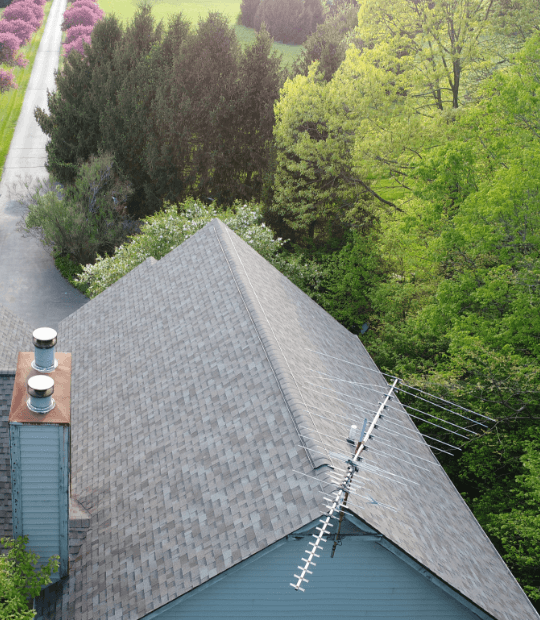Choosing the right roofing material for your home is a crucial decision that can impact the longevity, energy efficiency, and aesthetics of your property. With a wide array of roofing materials available in the market, it can be overwhelming to make the right choice. In this blog, we will guide you through the process of selecting the perfect roofing material for your home, taking into account factors such as durability, climate, budget, and aesthetics.
- Consider Your Climate
One of the most important factors to consider when choosing a roofing material is your local climate. Different materials perform better under specific weather conditions. For instance, in areas with hot and sunny climates, reflective and heat-resistant roofing materials such as metal or clay tiles might be a suitable choice. In regions with heavy rain or snow, materials like asphalt shingles or slate tiles with good water resistance are preferred.
- Evaluate Durability and Longevity
Roofing materials vary greatly in their lifespan and durability. While some materials may have a longer life span and require minimal maintenance, others may require more frequent repairs and replacements. Consider the expected longevity of each roofing material and weigh it against your long-term plans for the property. Investing in a more durable roofing material may save you money in the long run by reducing the need for frequent repairs.
- Assess Energy Efficiency
Energy efficiency has become a crucial aspect of modern roofing solutions. Some materials, such as metal roofing or cool roof shingles, have excellent insulation properties, which can help reduce energy consumption and lower your utility bills. Energy-efficient roofing also plays a role in mitigating the urban heat island effect, especially in densely populated areas.
- Budget Considerations
Your budget will undoubtedly play a significant role in your roofing material selection. While some materials may be more expensive upfront, they could provide cost savings in the long term due to their durability and energy efficiency. Consider the initial cost, installation expenses, and potential maintenance costs associated with each roofing material. Aim to strike a balance between your budget constraints and the desired qualities of the roofing material.
- Complementing Aesthetics
The roof is a prominent feature of your home's exterior, and its appearance should complement the architectural style and overall aesthetics of your property. Different roofing materials come in various styles, colors, and textures, providing you with ample options to match your desired look. For example, asphalt shingles offer versatility and come in an array of colors, while clay or concrete tiles provide a more traditional and timeless appearance.
- Local Building Codes and Restrictions
Before finalizing your roofing material choice, research and familiarize yourself with local building codes and restrictions in your area. Some communities may have specific regulations on the types of roofing materials allowed, especially in historical or conservation districts. Ensure that your preferred roofing material aligns with these guidelines to avoid any future conflicts.
- Environmental Impact
In an era of increasing environmental awareness, considering the ecological impact of your roofing material is essential. Some materials are more sustainable and eco-friendly than others. For instance, metal roofing is often made from recycled materials and is fully recyclable at the end of its life. Conversely, traditional asphalt shingles can contribute to landfill waste. Look for materials that are environmentally friendly and contribute to sustainable building practices.
Choosing the right roofing material for your home is a decision that requires careful consideration of various factors such as climate, durability, energy efficiency, budget, aesthetics, and environmental impact. By taking the time to research and weigh these aspects, you can make an informed choice that not only enhances the beauty of your home but also provides long-lasting protection for years to come.



